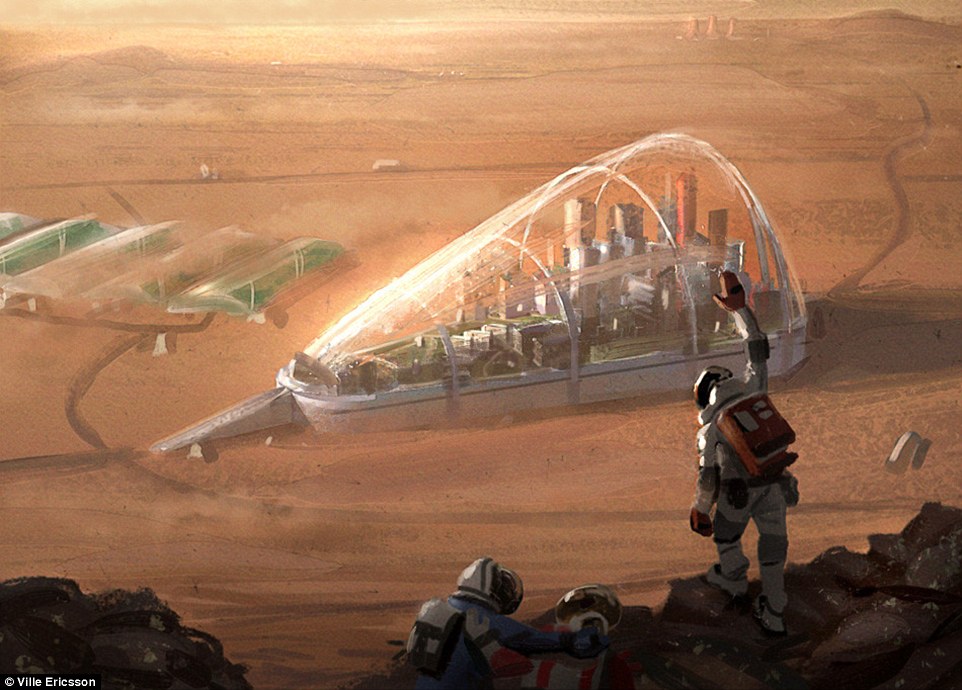New research shows that the best way to protect future Martian astronauts from deadly solar radiation is as simple as can be. For good shielding, they just need to put as much stuff between them and the sky as possible.
We are constantly bombarded by high energy subatomic particles. One source of these particles is the Sun itself, which in addition to the solar wind spits out what are known as solar energetic particles. While on an absolute energy scale these particles aren’t the most ferocious ones around, they make up for that in sheer volume. They absolutely flood the entire solar system.
In addition to the deadly particles emitted by the Sun, there are also cosmic rays. These particles travel at nearly the speed of light and are emitted by powerful processes throughout the cosmos, like supernovae and giant black holes.
On the surface of the Earth we don’t have a lot to worry about. Our magnetic field deflects the weaker particles, and our atmosphere provides shielding against most of the high energy ones. That said, there is on average one high energy particle passing through your body every single second.
In isolation these particles don’t do much, but over time they can pose a significant hazard. This is because they have the ability to snip apart DNA strands and ionize molecules within your cells. This kind of damage can usually be repaired, but occasionally it can trigger the formation of a cancerous tumor.
This poses a real risk to long duration space missions like those to the Martian surface. Without a magnetic field and without a significant atmosphere, any astronauts on the surface are exposed to potentially lethal amounts of radiation.
A new study has determined the best way to provide shielding for our future Martian crews. The researchers studied a variety of materials and thicknesses and measured their ability to mitigate cosmic rays and solar energetic particles. They found that compounds rich in hydrogen, like water, polyethylene, and liquid hydrogen performed the best. But all those materials would need to be imported from the Earth in large quantities, significantly increasing mission cost.
Instead, the researchers suggest using Martian regolith. While not quite as efficient at blocking high energy particles, there’s plenty of it to go around on the Martian surface, so we don’t have to bring any of it with us.
It seems that the future of Martian exploration and colonization will best take place underground.

